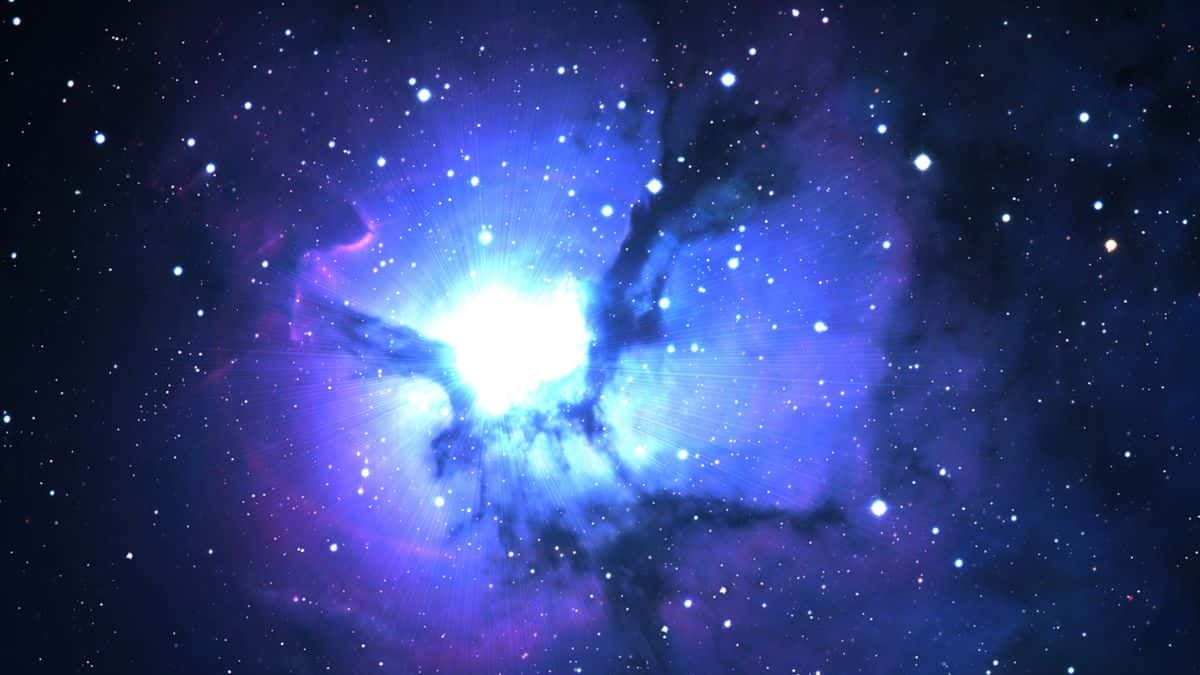Scientists, simulating the conditions prevalent in cold interstellar gas clouds fostering star creation, initiated the formation of carbamic acid by chilling carbon dioxide and ammonia and gradually warming these ices to 62 kelvin.

Laboratory experiments demonstrate that amino acids can originate within the icy realms of interstellar gas clouds, reinforcing the notion that life’s fundamental components might have emerged from outer space
Carbamic acid, a rudimentary amino acid, can amalgamate with phosphate units, generating crucial molecules like carbamoyl phosphate, pivotal in the urea cycle, and serves as a precursor to nucleobases and other amino acids, the pivotal constituents of proteins. This breakthrough, led by researchers from the University of Hawaii at Manoa and the National Dong Hwa University in Taiwan, reinforces the premise that life’s foundational elements amino acids, sugars, and proteins likely took shape in space before arriving on Earth.
Ralf Kaiser from the University of Hawaii emphasized, “Our experiments substantiate the potential for amino acid formation in cold interstellar gas clouds.” The study reveals that carbon dioxide and ammonia alone can yield carbamic acid through temperature manipulation. While amino acids have been detected in meteorites and comets, this exploration unveiled that these crucial molecules in interstellar gas clouds can arise even devoid of ionizing radiation, setting minimum temperature thresholds for their formation.
The absence of confirmed amino acid detection in interstellar gas clouds, the findings predict their presence during star formation
Importantly, the experiments showcased that carbamic acid and ammonium carbamate can transition into stable gases as the interstellar gas cloud heats up from nascent stellar energy, potentially detectable by radio telescopes like ALMA in Chile. Researchers aim to further replicate the formation of intricate organic compounds under interstellar conditions, aiming to shed light on the origin of life beyond Earth’s realm.
READ ALSO: US Space Force Faces Growing Challenge In Identifying UFOs Amidst Orbital Surge




